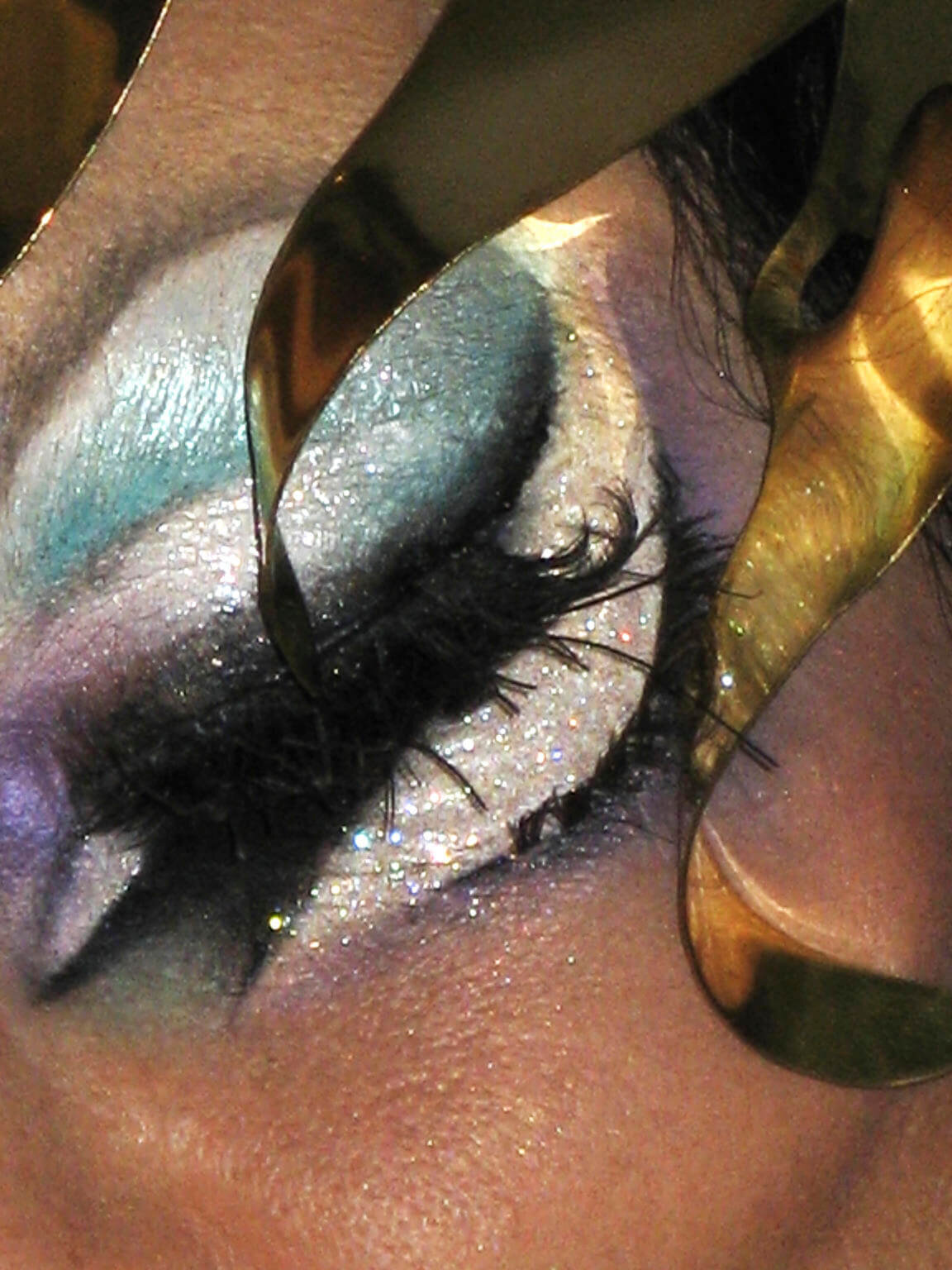Can Any Female Desire Drug Make Sexy Orchids From Pure Daisies?
/ Orchid via Flickr’s Fort Photo
Orchid via Flickr’s Fort Photo
Will big pharma make orchids out of daisies?
The quest for a female equivalent of Viagra has long haunted researchers who can’t convert Viagra’s magic potency to fuel female sexual dysfunction and or a simple disinterest in sex.
Researchers gathering at the European Society for Sexual Medicine meeting next week will hear the impact of flower-themed research on 5,000 women participating in the Bouquet Studies. Dubbed Violet, Daisy, Dahlia and Orchid, the results could form the basis for applications to U.S. and European regulators.
Boehringer Ingelheim GmbH is banking on sex really being all in women’s heads. While serious medical conditions impact women’s sexual desire, response, ability to orgasm and a host of other physiological conditions, much anecdotal and scientific research indicates that the entire topic of female sexuality is very complex and deeply psychological.
Just saying those words can get you in a heap of trouble with many women professionals who are tired of being psychoanalyzed. In 2003, Ray Moynihan called female sexual dysfunction “the freshest, clearest example we have” of a disease created by pharmaceutical companies to make healthy people think they need medicine. via Bloomberg News
The medical parlance around the Bouquet studies is focused on HSDD, or hypoactive sexual desire disorder.
A basic premise of the research — also controversial — is that men aren’t to always blame for a woman’s lack of sexual desire, although they may be and they may contribute to her disinterest.
Sex is a “historical and cultural phenomenon,” said Leonore Tiefer, a psychiatry professor at New York University. There’s no baseline of normalcy by which to define a disorder, she contends.
As a non-medical professional closely involved with female sexuality, and a disciple of Helen Fisher’s work on hormones, the brain and sexual desire, and a student of religious and cultural admonitions about women’s sexual behavior, I believe strongly in the suppression of desire theories.
Simply stated, “good girls” girls don’t do “bad things” without a lot of psychological ambivalence about how they will be judged.

One in 10 women of 31,000 surveyed by Boehringer at the start of the studies expressed distress about diminished sex drive. The results are best evaluated within a group of women who believe they have the medical condition under study.
Not only many men as a group, but some health professionals and some women, believe that 1 in 10 is too low a number. This reality becomes another threshold and hornet’s nest of possibility. I have no doubt that if the Bouquet Studies convince the FDA to go forward with the drug, marketers will fixate not on the 1 in 10 women who express concern about lack of desire, but the entire female population.
The ethical issues around the medicalization of female desire as a psychological, brain-based problem are huge. While I personally embrace the hypothesis, the implications for women already reporting stress as a major libido-killer could escalate.
Sexuality in women is about religious and cultural values. Remember, birth control remains forbidden by the Catholic Church, even in America. Nuns are under investigation for being too ‘modern’ in their activities.
 The only female sexual dysfunction therapy approved in the U.S. is Eros-CTD, from NuGyn, Inc., a suction pump that fits over the clitoris much like the erection pumps that predated Viagra. It’s a spontaneity killer, unless a couple is very secure and clever in sexual fantasy.
The only female sexual dysfunction therapy approved in the U.S. is Eros-CTD, from NuGyn, Inc., a suction pump that fits over the clitoris much like the erection pumps that predated Viagra. It’s a spontaneity killer, unless a couple is very secure and clever in sexual fantasy.
Engorging the labia with blood is arousing, but I’m not certain how long the effect lasts. Will know by Monday.
Intrinsa, a testosterone patch from Noven Pharmaceuticals Inc. licensed by Procter & Gamble, is sold in Europe for women whose uteruses have been removed. A U.S. version was put on hold in 2004 on concern about whether it is safe for long-term use.
Still in clinical trials are a new version of the P&G patch; LibiGel, a testosterone gel from BioSante; and bremelanotide, an injected therapy from Palatin Technologies.
Researchers around the world will be watching Boehringer’s results in Lyon, and so will we. I’ll be back next week on this subject. The Bouquet Studies could be big news. I have no doubt about the focus on my weekend reading. Anne





















































